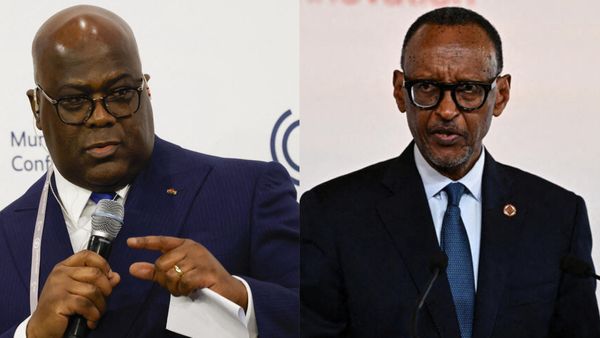
The effectiveness of NSW government efforts to reduce emissions in regional areas remains unclear, with coal exploration continuing and critical mineral mines heralded as the state's economic future.
A $15 million project to reduce emissions from coal seam mining is in its "very early stages", a budget estimates hearing was told on Wednesday.
Georgina Beattie, chief executive of the Mining, Exploration and Geoscience division of Regional NSW, told the hearing that results of other attempts to cut emissions did not spring to mind.
Asked if the government's Strategic Release Framework for Coal and Petroleum Exploration (SRFCPE) was committed to reducing mining emissions, she referred to the government's Future of Coal statement, which sets out commitments for the whole of government.
All government departments were working together to reduce emissions and achieve a net zero target, Ms Beattie said.
Emissions reductions were a matter for each individual mining site, she added.
Regional NSW itself was focused on reducing "fugitive emissions" - which are gases leaked, lost and released through mining industry production, and are a significant portion of greenhouse gas emissions.
Greens MP Sue Higginson questioned why a potential mining site at Gorman North, near Narrabri west of Tamworth, did not undergo the usual SRFCPE processes while recently being assessed.
The framework sets out a preliminary regional issues assessment before licences for coal and petroleum mining are issued.
It stipulates the government must consider the environmental, geological, social and economic factors of a mine, and whether a company is suitable for an area.
However, Ms Beattie said there were actually two frameworks, and an "operational framework" could be applied to areas that were adjacent to existing mines.
Those areas, which include the Gorman North coal mine, only applied to a limited amount of space around an existing mine.
Deputy Premier and Regional NSW Minister Paul Toole told the hearing he believed it was important to strike a balance because many regional people earned their income from coal.
"I need to put it on the record that a lot of towns, a lot of communities continue to rely on coal-related activities in their local areas," he said.
"It employs a lot of people."
The minister stressed while licenses had been approved for new exploration, further approvals would need to be sought for new coal mines.
Mr Toole said the government also hopes to attract foreign investors to mine rare earth and critical minerals in the state, after committing $130 million to developing the industry in the state budget over five years.
Mining nickel, cobalt, titanium and zirconium could be a great earner for NSW, he said.
"This is going to be the next race," Mr Toole said.
"We're in a global race right now for critical minerals because these minerals are being used for satellites (and) renewables."
Ms Beattie said two rare mineral projects had received planning approval and a third was at an advanced stage.
Those include a project in the central NSW city of Dubbo for mining zirconium and hafnium, which will operate for 20 years and employ 270 people once operational.
A mine at Fifield in central NSW is also expected to employ 350 people. Approval is being sought for a cobalt plant at Broken Hill in the state's far west, near the South Australian border.







